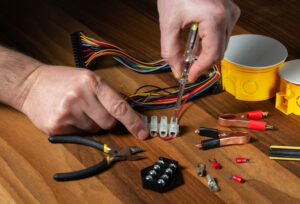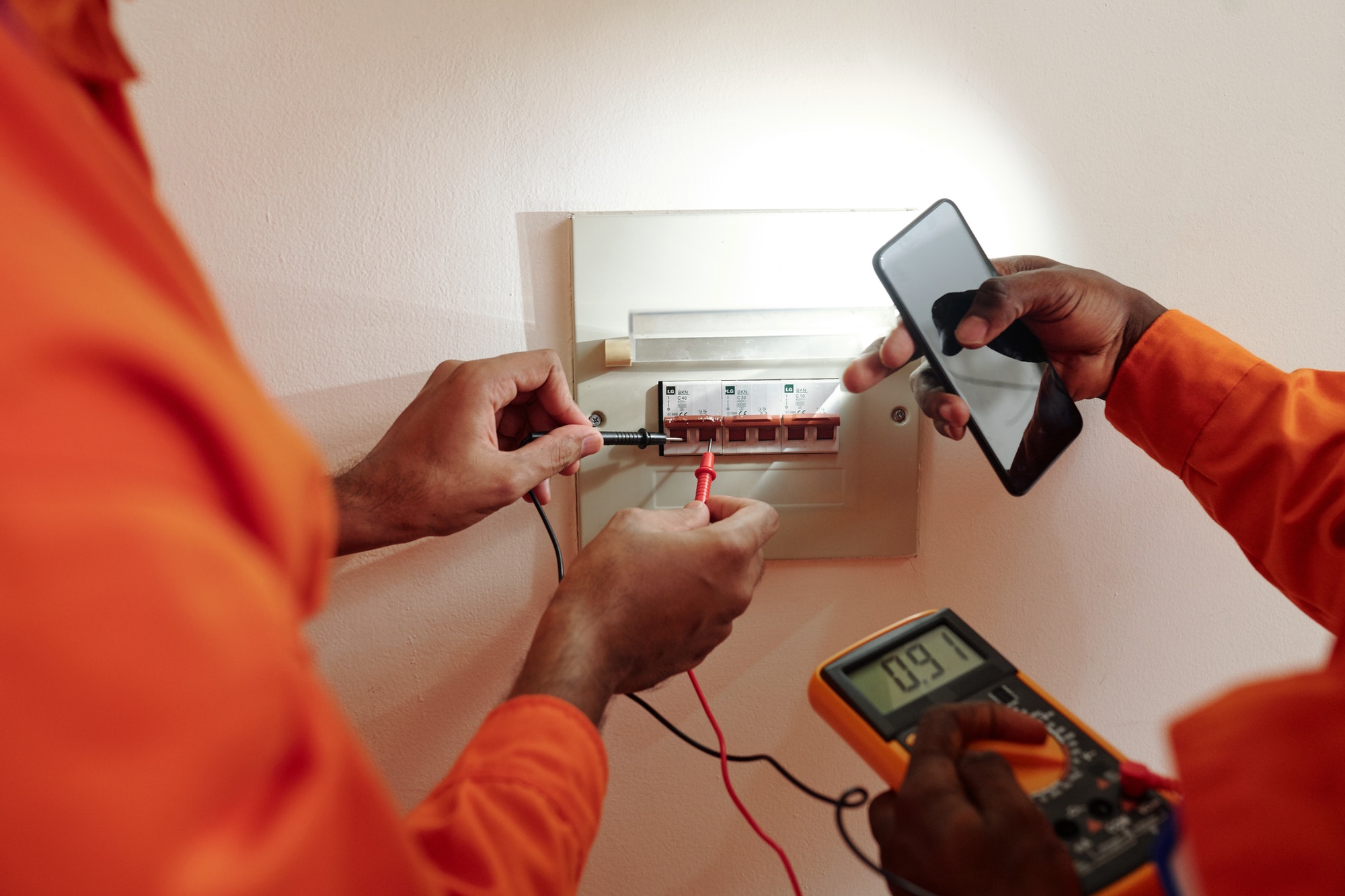Power outages can occur without warning and disrupt daily life, posing potential risks to safety and security. Knowing how to navigate through a power outage and taking the appropriate steps during electrical emergencies can make a significant difference in ensuring your safety and minimizing inconvenience. Here are key steps to take when faced with a power outage:
1. Stay Calm and Assess the Situation
When the power goes out, it’s essential to remain calm. Begin by assessing the scope of the outage:
- Check Your Surroundings: Determine if the outage is isolated to your home or if it affects the entire neighborhood. Look outside for any signs of damage, such as fallen power lines or blown transformers.
- Check Circuit Breakers: Inspect your circuit breaker panel to see if any breakers have tripped. Resetting a tripped breaker might restore power if the issue is isolated to your home.
2. Report the Outage
If the outage appears to be widespread:
- Contact Your Utility Company: Report the outage to your local utility company. Many utility companies have automated systems or mobile apps for reporting outages and receiving updates.
- Follow Local Updates: Stay informed by listening to battery-powered radios, checking your utility company’s website, or using social media for updates on the outage and estimated restoration times.
3. Ensure Safety
Safety should be your top priority during a power outage:
- Avoid Downed Power Lines: If you see downed power lines, stay far away and report them to the utility company or emergency services. Treat all downed lines as if they are live.
- Use Generators Safely: If you use a generator, ensure it is placed outdoors and away from windows to prevent carbon monoxide poisoning. Follow the manufacturer’s instructions for safe operation.
- Unplug Electrical Devices: Unplug sensitive electronics and appliances to protect them from potential power surges when electricity is restored.
4. Conserve Resources
During an extended power outage, it’s essential to conserve your resources:
- Preserve Food: Keep refrigerator and freezer doors closed as much as possible to maintain the cold temperature. Use perishable food first and consider using a cooler with ice for additional storage.
- Conserve Batteries: Use battery-powered devices sparingly. Have extra batteries on hand for flashlights, radios, and other essential items.
- Limit Water Usage: If your water supply depends on electricity (e.g., well pumps), conserve water until power is restored.
5. Stay Warm or Cool
Power outages can lead to uncomfortable indoor temperatures:
- Stay Warm in Winter: Layer clothing, use blankets, and close off unneeded rooms to retain heat. Never use outdoor grills or camp stoves indoors for heating.
- Stay Cool in Summer: Stay in the coolest part of your home, drink plenty of water, and use wet cloths or take cool baths to regulate body temperature. Avoid strenuous activities to prevent overheating.
6. Create an Emergency Kit
Having an emergency kit prepared in advance can be invaluable during a power outage:
- Basic Supplies: Include items such as flashlights, batteries, a first-aid kit, non-perishable food, bottled water, a manual can opener, and a battery-powered or hand-crank radio.
- Special Needs: Consider the needs of all family members, including medications, infant formula, and pet supplies.
7. Plan for Long-Term Outages
For prolonged power outages, additional planning is necessary:
- Alternative Cooking Methods: Have a camping stove or grill with adequate fuel for cooking.
- Backup Power: Consider investing in a backup power source, such as a portable generator, to keep essential devices running.
- Communication Plan: Establish a communication plan with family and friends to stay in touch and ensure everyone’s safety.
8. After the Power is Restored
Once power is restored, take these steps to ensure everything is back to normal:
- Check Appliances: Gradually plug in appliances and electronics to avoid overloading circuits.
- Restock Supplies: Replenish your emergency kit and replace any used items.
- Inspect for Damage: Check your home for any signs of electrical damage or other issues that may have occurred during the outage.
Conclusion
Navigating a power outage requires preparedness, awareness, and a focus on safety. By following these steps, you can effectively manage electrical emergencies, minimize risks, and ensure the well-being of yourself and your loved ones. Remember, having a plan in place and being equipped with the right knowledge and tools can make all the difference during an electrical emergency.






